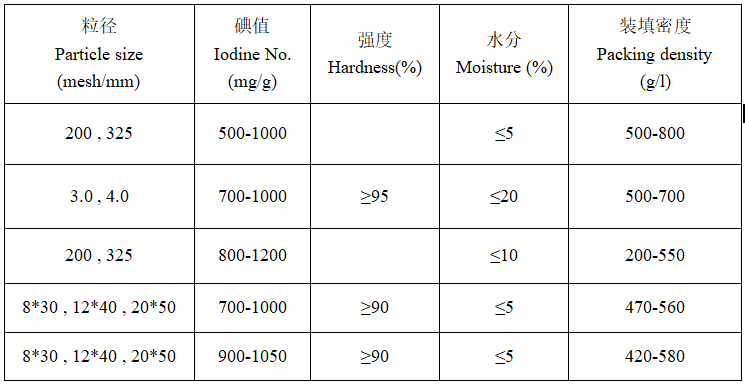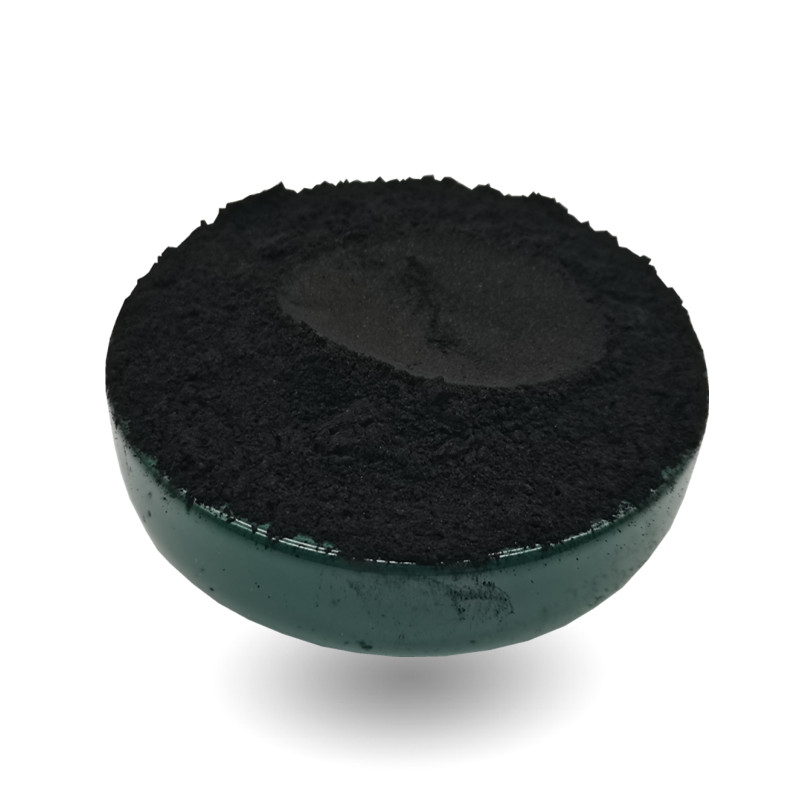Activated carbon is made by activating carbon-containing materials such as wood, coal, and fruit shells under high temperature and anoxic conditions. It has a large number of micropores and a huge specific surface area. Usually, the surface area of 1 gram of activated carbon is 500 to 1500 square meters. Therefore, it has a strong physical adsorption capacity and can effectively adsorb organic pollutants in wastewater. In addition, during the activation process, some oxygen-containing functional groups such as carboxyl (―COOH), hydroxyl (―OH), carbonyl, etc. will be formed on the non-crystalline part of the activated carbon surface [88-01]. These groups give activated carbon the properties of chemical adsorption and catalytic oxidation-reduction, which can effectively remove some metal ions in wastewater.
The wastewater activated carbon treatment method uses the physical adsorption, chemical adsorption, oxidation, catalytic oxidation and reduction characteristicsof activated carbon to remove various pollutants in wastewater. It is a kind of wastewater adsorption treatment method. Activated carbon has a large number of micropores and a huge specific surface area, and has a strong physical adsorption capacity, which can effectively adsorb organic pollutants in wastewater.
Activated carbon for wastewater treatment can be divided into powdered carbon and granular carbon. The former is used for wastewater treatment, usually by suspended contact adsorption; the latter is used for wastewater treatment, by filtration-adsorption. There are two treatment systems: one is to use activated carbon to directly treat the secondary treatment effluent; the other is to use granular carbon to adsorb the secondary treatment effluent after chemical clarification, nutrient removal, and filtration.



None of our operators are available at the moment. Please, try again later.